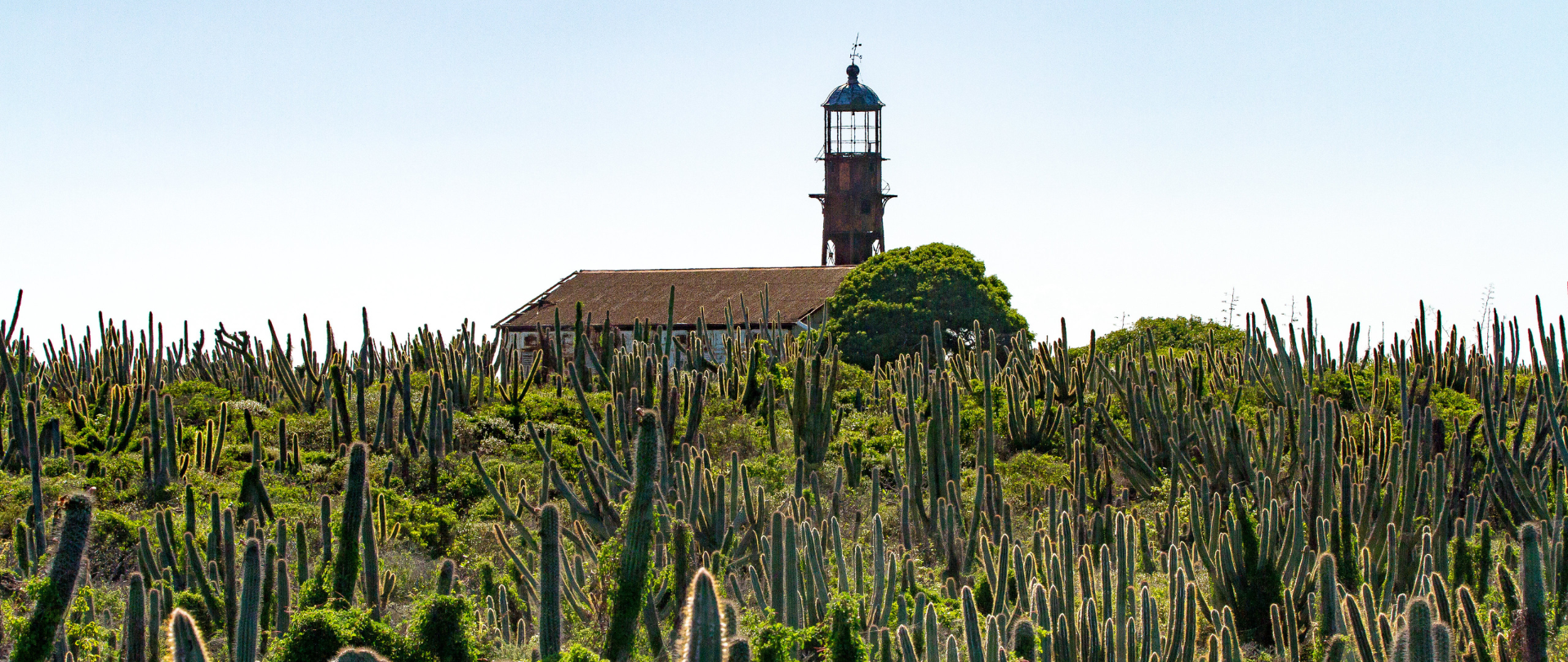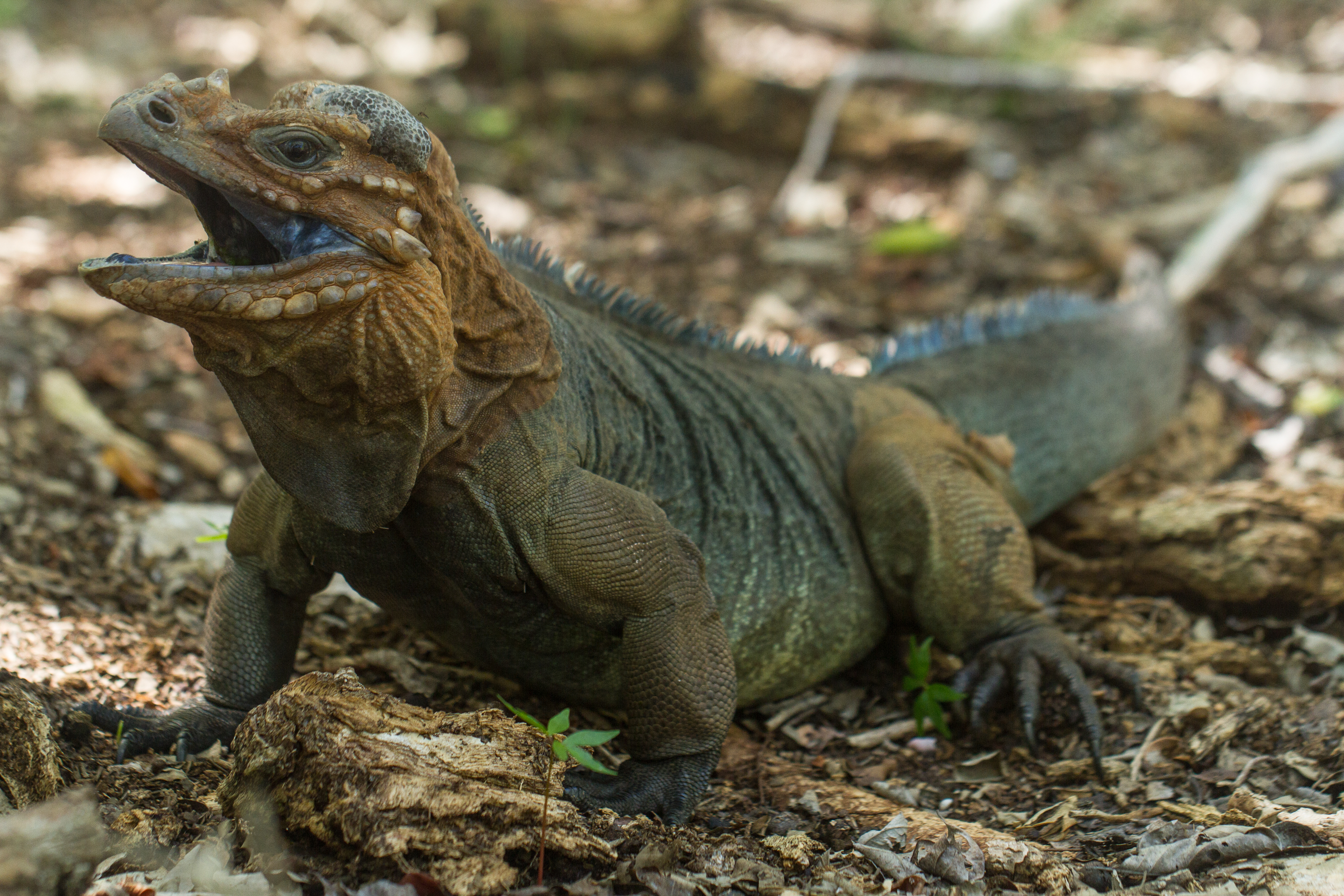February 26, 2025
Takutea’s Journey to a Thriving Ecosystem in the Cook Islands
Takutea in the Cook Islands is on its way to reviving its entire ecosystem in a community-led effort.
We use cookies to help you navigate efficiently and perform certain functions. You will find detailed information about all cookies under each consent category below.
The cookies that are categorized as "Necessary" are stored on your browser as they are essential for enabling the basic functionalities of the site. ...
Necessary cookies are required to enable the basic features of this site, such as providing secure log-in or adjusting your consent preferences. These cookies do not store any personally identifiable data.
Functional cookies help perform certain functionalities like sharing the content of the website on social media platforms, collecting feedback, and other third-party features.
Analytical cookies are used to understand how visitors interact with the website. These cookies help provide information on metrics such as the number of visitors, bounce rate, traffic source, etc.
Performance cookies are used to understand and analyze the key performance indexes of the website which helps in delivering a better user experience for the visitors.
Advertisement cookies are used to provide visitors with customized advertisements based on the pages you visited previously and to analyze the effectiveness of the ad campaigns.
Our new online shop is live!

Isla de Mona, the third largest island in Puerto Rico, is one of the most ecologically and culturally important islands in the archipelago. A wildlife refuge, it is home to one of the last untouched reef-sheltered shorelines in the Caribbean, and its uninhabited arid plateaus are home to multiple animals found nowhere else in the world. But more than that, it is home to priceless traces of history and culture.
The island’s many caves are home to Taíno art dating back as early as the 12th Century, when it was first settled. Later, the guano mining industry gave rise to historic buildings, like Mona’s iconic lighthouse. Today, Puerto Ricans can enjoy the pristine ecology of Mona and its surrounding waters, where children and adults alike can experience the beauty of Puerto Rico’s native biodiversity.
But this biodiversity is under threat. Endemic animals, such as the Mona Iguana, face dwindling numbers resulting in large part from the presence of invasive species. Invasive rodents eat the eggs of birds, turtles, and lizards, and invasive plants make the island’s landscape inhospitable to native fauna. Moreover, the 2010 Deepwater Horizon ecological disaster negatively impacted seabird populations around the world, but especially in the Caribbean. Invasive species put pressure on these already-fragile populations. Many of Mona’s endemic animals are facing extinction, and this bastion of Puerto Rican biodiversity is at risk of being lost forever.

The project to restore Isla de Mona, undertaken in partnership between Island Conservation and the United States Fish and Wildlife Service, the US Department of Agriculture, and the Puerto Rico Departmento de Recursos Naturales y Ambientales aims to breathe new life into this precious ecosystem. In 2017, our team was hard at work removing Australian Pines from Mona’s landscape—a task which provided brand-new nesting grounds for the Mona Iguana, which previously struggled to nest on the pine-needle-covered ground. We also recently removed invasive vertebrates on Desecheo, in partnership with the USFWS and Effective Environmental Restoration. Now, the Audubon’s Shearwater—which hadn’t been seen in the region in decades—is found to be nesting in specially-constructed sites on Desecheo. The endangered Higo Chumbo Cactus is also thriving in the restored landscape.
Mona is soon to join Desecheo as a site of holistic restoration. This project will fully recover the injury from the oil spill for nine species as well as permanently improve the island’s biological integrity, allowing the recovery of many other species. After invasive species removal occurs, we will install mirrors, decoys, and sound systems to encourage birds to nest on the island. The birds will bring key nutrients to the island from the sea in the form of their guano, which will enrich the soil. The healthy soil will wash off into the surrounding marine environment, which will help the coral and fish populations grow.
We are grateful for the USFWS, the US Department of Agriculture, the Puerto Rico Departmento de Recursos Naturales y Ambientales, and the local community of those who love and enjoy Mona for their support of the project. Follow our newsletter to stay updated on the project, and become a supporter of holistic restoration by making a donation today!
Check out other journal entries we think you might be interested in.
Notifications